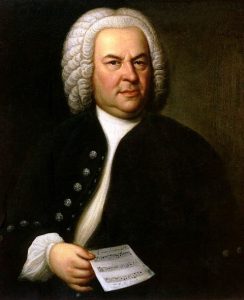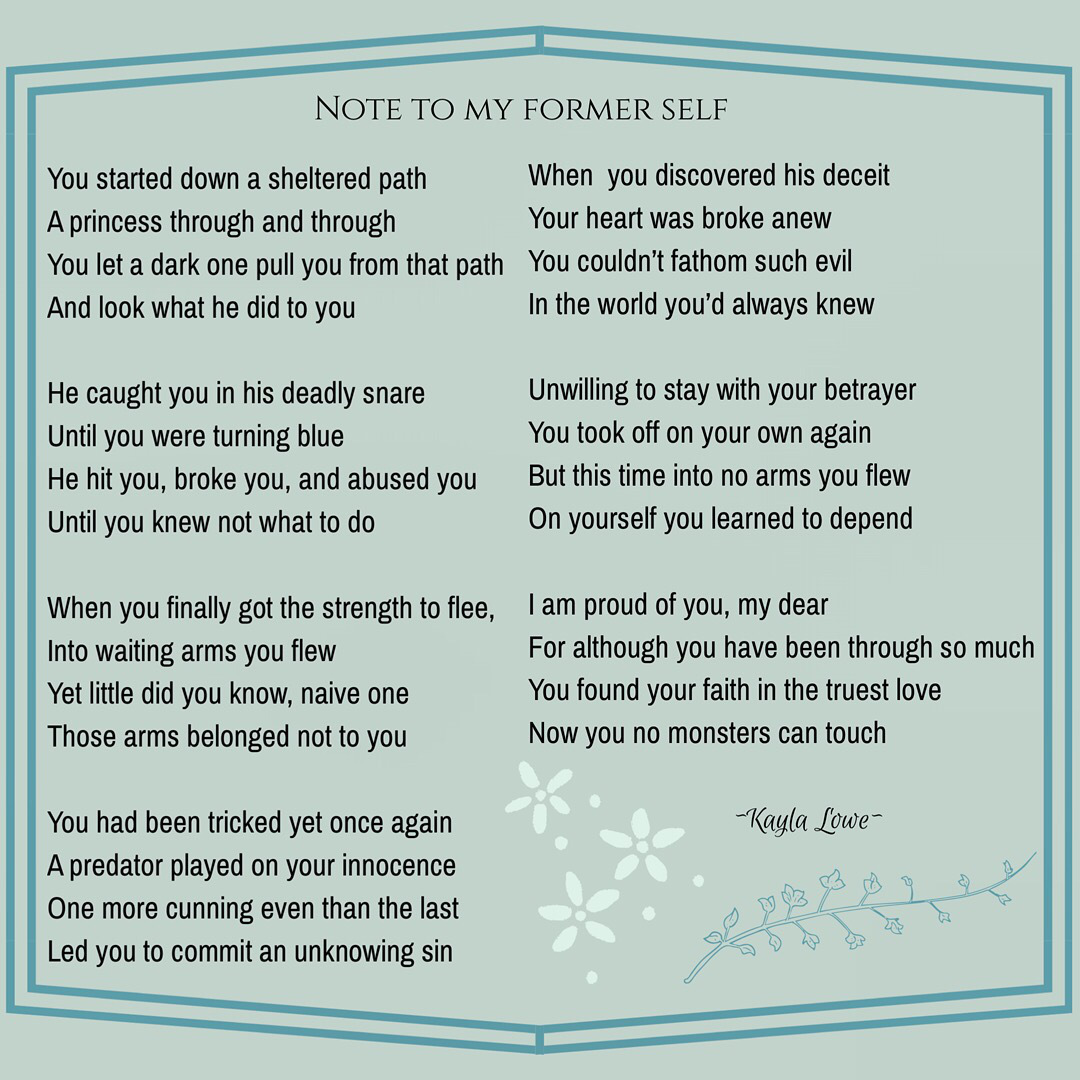 J.S. Bach composed his set of two-part inventions (click here to get a copy of them) as both instructional material for keyboard pedagogy as well as to embody basic contrapuntal principles.
J.S. Bach composed his set of two-part inventions (click here to get a copy of them) as both instructional material for keyboard pedagogy as well as to embody basic contrapuntal principles.
I’ve outlined here a process for composing a simple invention based on Bach’s model. You will need knowledge of common practice harmony and basic counterpoint to proceed. Enjoy!
Compose a thematic motive. It should be divisible into two distinct cells (no more–the essence here is simplicity). Bear in mind that later this will be used for sequence, inversion, and other manipulations. It should have strong harmonic implication. Write this out in the upper part in the first measure.
Write an answer to that theme in the lower voice in the tonic key. It’s generally best for the answer to be an octave lower than the upper part.
Compose a counterpoint above the answer in the first voice. This is called the countertheme and it will make several more appearances. The relationship between the two voices should be double counterpoint.
Continue on in the upper part with the theme, but this time it should be on the dominant.
Under this dominant presentation, the lower voice presents the countertheme (can be slightly varied). Follow this with the theme on the dominant.
At this point, you will begin planning out sequences (two or three) that will set up a modulation to V (III if you started in a minor key).
Begin the sequence with fragments of the theme in the upper part, then the lower part. When you get close to the cadence point (where the modulation will be realized), you may further fragment the theme.
The counterpoint to the theme during this series of sequences should be derived from the countertheme.
The cadence itself may be written with some freedom in order to give a sense of arrival.
This concludes the exposition of the invention.
Since you are now in the key of the dominant (or III), you will begin with the theme in this key, though unlike the exposition, you will begin with the theme in the lower part. This second portion of the invention proceeds much as the first, though the sequences will proceed to a new related key (vi, ii, ii, or IV if in major, v VI, or iv if in minor).
The final section usually starts out with sequences, with the theme alternating between the parts. The final cadence is sometimes delayed by deceptive sequences.
This process results in a simple invention based on Bach’s first invention. Study the others closely to note other ways of composing these intriguing little works!
Advertisements
Please Share This Article!
- Facebook
- LinkedIn
- Reddit
- Email
- Print
- Google
Like this:Like Loading...
Related
 J.S. Bach composed his set of two-part inventions (click here to get a copy of them) as both instructional material for keyboard pedagogy as well as to embody basic contrapuntal principles.
J.S. Bach composed his set of two-part inventions (click here to get a copy of them) as both instructional material for keyboard pedagogy as well as to embody basic contrapuntal principles.




